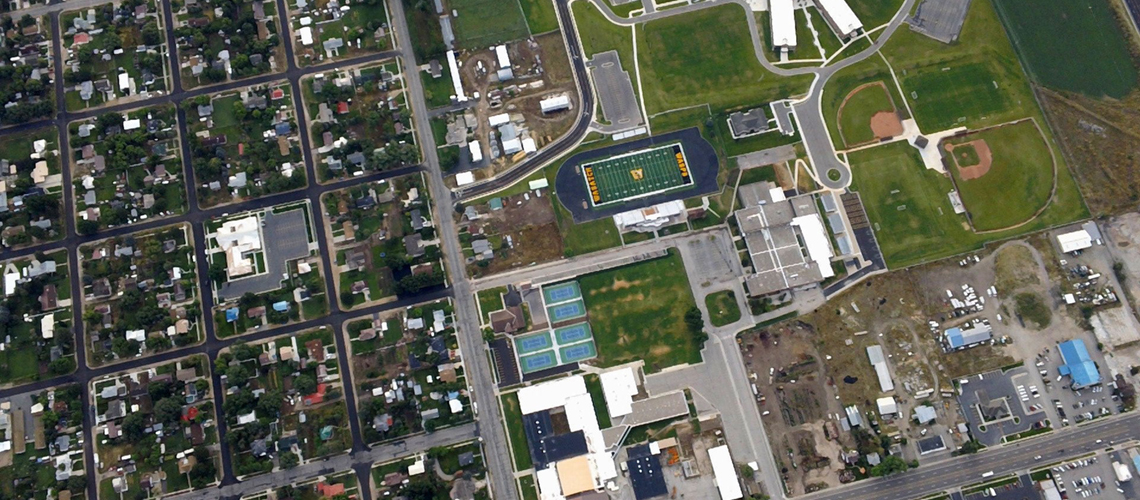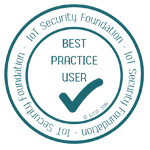Making the Case for IoT - Cost Savings & a Host of Other Benefits

Use cases of IoT demonstrate cost savings and a host of other benefits
Anyone engaged in IoT or exploring how IoT could be part of their business will be fully aware of the eye watering numbers that surround the opportunities presented.
Looking behind these numbers however, offers some comfort, as there are now numerous case studies and deployments demonstrating the benefits IoT offers. What makes this even more interesting is that the case studies are touching a diverse range of industries from agriculture and retail to utilities and transportation.
In sectors such as local government and Facilities Management, IoT is already being adopted at a pace with use cases such as Smart Parking and Environmental Monitoring. These cases are showing compelling results by driving efficiencies, improving legislative compliance and increasing safety.
We’ve also seen IoT put to good use by insurance and facilities management firms in water temperature monitoring and lead theft detection solutions. The technology can identify risks early and reduce the need for regular attended patrols across thousands of locations. In the coming weeks, further details and results of such trials will become publicly available.
As these examples attest, the primary driver for the majority of enterprise IoT projects (54%) is cost saving. It’s a significant benefit of almost all such programmes, far outweighing any upfront investment and even presenting additional revenue generating opportunities.
This is just the tip of the iceberg however, with new use cases and innovations emerging frequently.
What is stopping IoT?
With all these benefits the obvious questions is – What is stopping IoT adoption?
Having launched with a fanfare of promises the IoT has, until recently, under delivered against expectations. The reasons behind this vary but key themes are the cost of deployment, lack of low powered wide area network availability, power hungry devices and projects failing before they are released from the grips of the IT team. It is also true that the technology and resultant benefits are not yet fully understood – or communicated.
One of the less obvious barriers facing many organisations looking to launch IoT enabled initiatives is the complexity of the value chain. As those in the know will understand, IoT solutions are not just one device sending a message to a Google Doc via the internet.
Many project leaders swiftly discover the challenge of procuring devices, edge processing and connectivity services, cloud storage, analytics platforms and machine intelligence solutions that integrate with each other, are available in the required location and work with existing management systems.
Due to this complexity and the lack of flexibility of many off the shelf components, projects either stall before launching or fail during deployment. Arguably this situation presents the biggest hurdle for the industry if IoT solutions are going to become mainstream away from wi-fi connected areas.
Putting faith in the PoC
In spite of these challenges, proof of concepts and trials across sectors have provided strong evidence of success and, as a result, strong business cases have emerged, driving demand for the expansion and roll out of IoT technology at scale.
In parallel, the introduction of new, low power network technology has reduced the entry level to IoT and supported the mass roll out of low-cost sensors. This new low-powered technology enables the deployment of equipment over a period of anything up to 10 years. Business cases can therefore be measured over time, making IoT an even more compelling proposition.
What’s next?
For some, IoT is already their existing MO but, for many, the mystery (and opportunity) is yet to be revealed.
Based on our market experience we are excited to be sitting at the tipping point where the much-promised benefits are now being realised, the stories told and the lessons shared.
Not all benefits are immediately obvious however. Beyond cost savings, the industry needs to work hard to demonstrate the value of new data, greater insight and the social impact that these solutions bring.
At IoT Solutions Group we passionately believe in working with clients to design the whole solution, from end to end – across the IoT value chain. This involves supplying and configuring all components in order to open up IoT solutions to clients with varying technological requirements. We’ve seen this approach deliver multiple benefits in addition to cost savings.
For example, a Smart Parking project being delivered with one local authority secures benefits across multiple departments including revenue collection and traffic management, whilst also delivering lifestyle improvements for local residents. This was achieved by working closely with the client organisation to design an end to end solution that is fully compatible with, and supportive of, their existing operational tools.
Similarly, Smart Bins offer a simple return on investment with the regular collection of waste offering aesthetic and operational efficiencies. By providing fill-rate data to the authority’s logistics team, we can support smart routing of the waste collection fleet – driving huge cost savings and wider environmental benefits.
Making a difference
These two projects resulted from the two respective local authorities looking for alternative ways of addressing their key challenges in a more efficient manner. As the projects developed, it soon became clear that, by working closely together, benefits beyond those initially identified would be delivered.
Whilst still at the PoC stage, these programmes have generated significant interest amongst other local authority leadership teams, who are looking to deliver more efficient services and positive social impact.
In summary
The IoT has a bright future. The potential for business is huge and – for society as a whole – it’s even greater.
This market is young, numerous new applications are still to be discovered and the message needs to be spread. If the industry is going to grow it must continue to listen, learn and adapt. Only by doing this will the IoT move from the great unknown to transforming business and being the most significant catalyst enabling the next industrial revolution, Industry 4.0.
To view the article on the Disruption Hub site, click here.





